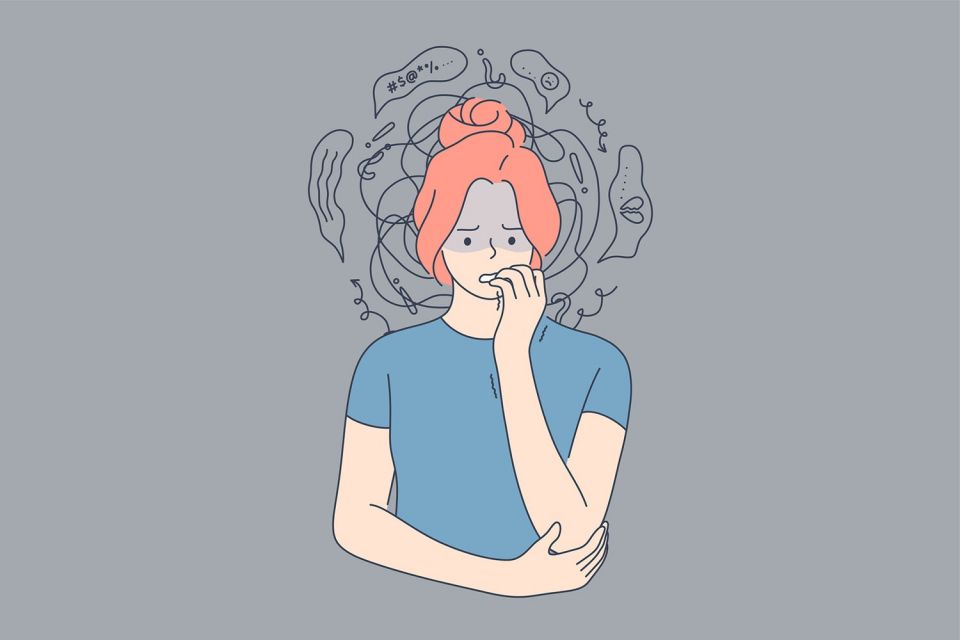One of the most alarming developments across the United States in recent years has been the growing mental health crisis among children and adolescents.
The already dire situation is evolving 2024 already presenting a new set of challenges that Vicki Harrison, the program director at the Stanford Center for Youth Mental Health & Wellbeing, is closely monitoring and responding to.
Stanford Report sat down with Harrison to find out what concerns her the most about the upcoming year. Harrison also talked about some of the promising ways she and her colleagues are responding to the national crisis and the importance of bringing the youth perspective into that response.
Challenging current events
From the 2024 general election to evolving, international conflicts, today’s dialed-in youth have a lot to process. As teens turn to digital and social media sources to learn about current events and figure out where they stand on particular issues, the sheer volume of news online can feel overwhelming, stressful, and confusing.
One way Harrison is helping teens navigate the information they consume online is through Good for Media, a youth-led initiative that grew out of the Stanford Center for Youth Mental Health & Wellbeing to bring teens and young adults together to discuss using social media in a safe and healthy way. In addition to numerous youth-developed tools and videos, the team has a guide with tips to deal with the volume of news online and how to process the emotions that come with it.
Harrison points out that the tone of political discourse today – particularly discussions about reining in the rights a person has based on aspects of their identity, such as their religion, race, national origin, or gender – affects adolescents at a crucial time in their development, a period when they are exploring who they are and what they believe in.
“If their identity is being othered, criticized, or punished in some way, what messages is that sending to young people and how do they feel good about themselves?” Harrison said. “We can’t divorce these political and cultural debates from the mental health of young people.”
Harrison believes that any calls for solving the mental health crisis must acknowledge the critical importance of inclusion, dignity, and respect in supporting the mental health of young people.
Talking about mental health
Adolescence is a crucial time to develop coping skills to respond to stressful situations that arise – a skill not all teens and youth learn.
“It hasn’t always been normalized to talk about mental health and how to address feeling sad or worried about things,” Harrison said. “It’s not something that all of us have been taught to really understand and how to cope with. A lot of young people aren’t comfortable seeking professional services.”
The Stanford Center for Youth Mental Health & Wellbeing is helping young people get that extra bit of support to deal with problems before they get worse.
This year, they are rolling out stand-alone “one-stop-shop” health centers that offer youth 12-25 years old access to a range of clinical and counseling services with both trained professionals and peers. Called allcove, there are three locations open so far – Palo Alto, Redondo Beach, and San Mateo. More are set to open across the state in 2024.
“If we can normalize young people having an access point – and feeling comfortable accessing it – we can put them on a healthier track and get them any help they may need,” Harrison said.
Another emerging issue Harrison is monitoring is the growing role of social media influencers who talk openly about their struggles with mental health and well-being.
While this is helping bring awareness to mental health – which Harrison wants to see more of – she is also concerned about how it could lead some teens to mistake a normal, stressful life experience for a mental disorder and incorrectly self-diagnose themselves or to overgeneralize or misunderstand symptoms of mental health conditions. Says Harrison, “We want to see mental health destigmatized, but not oversimplified or minimized.”
“We can’t divorce these political and cultural debates from the mental health of young people.”
—Vicki Harrison
Program Director at the Stanford Center for Youth Mental Health & Wellbeing
Eyes on new technologies
Advances in technology – particularly generative AI – offer new approaches to improving teen well-being, such as therapeutic chatbots or detecting symptoms through keywords or patterns in speech.
“Digital solutions are a promising part of the continuum of care, but there’s the risk of rolling out things without the research backing them,” Harrison said.
Social media companies have come under scrutiny in recent years for inadequately safeguarding young adult mental health. Harrison hopes those mishaps serve as a cautionary tale for those applying AI tools more broadly.
There’s an opportunity, she says, to involve adolescents directly in making AI applications safe and effective. She and her team hope to engage young people with policy and industry and involve them in the design process, rather than as an afterthought.
“Can we listen to their ideas for how to make it better and how to make it work for them?” Harrison asks. “Giving them that agency is going to give us great ideas and make a better experience for them and for everyone using it.”
Harrison said she and her team are hoping to engage young people with policy and industry to elevate their ideas into the design process, rather than have it be an afterthought.
“There’s a lot of really motivated young people who see potential to do things differently and want to improve the world they inhabit,” Harrison said. “That’s why I always want to find opportunities to pass them the microphone and listen.”
